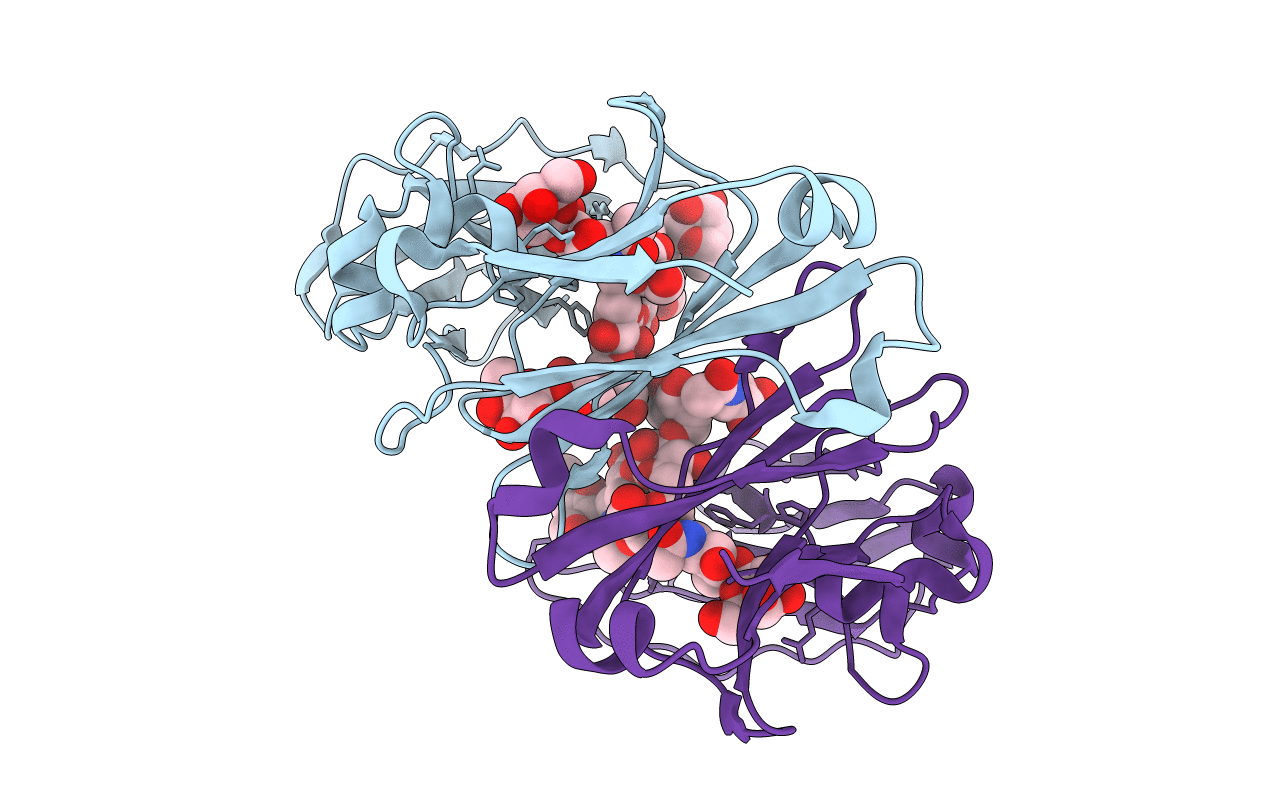
Deposition Date
2013-10-31
Release Date
2014-11-12
Last Version Date
2024-10-16
Entry Detail
PDB ID:
4CDH
Keywords:
Title:
Crystallographic structure of the Human Igg1 alpha 2-6 sialilated Fc-Fragment
Biological Source:
Source Organism:
HOMO SAPIENS (Taxon ID: 9606)
Method Details:
Experimental Method:
Resolution:
2.30 Å
R-Value Free:
0.28
R-Value Work:
0.23
R-Value Observed:
0.23
Space Group:
P 21 21 21


